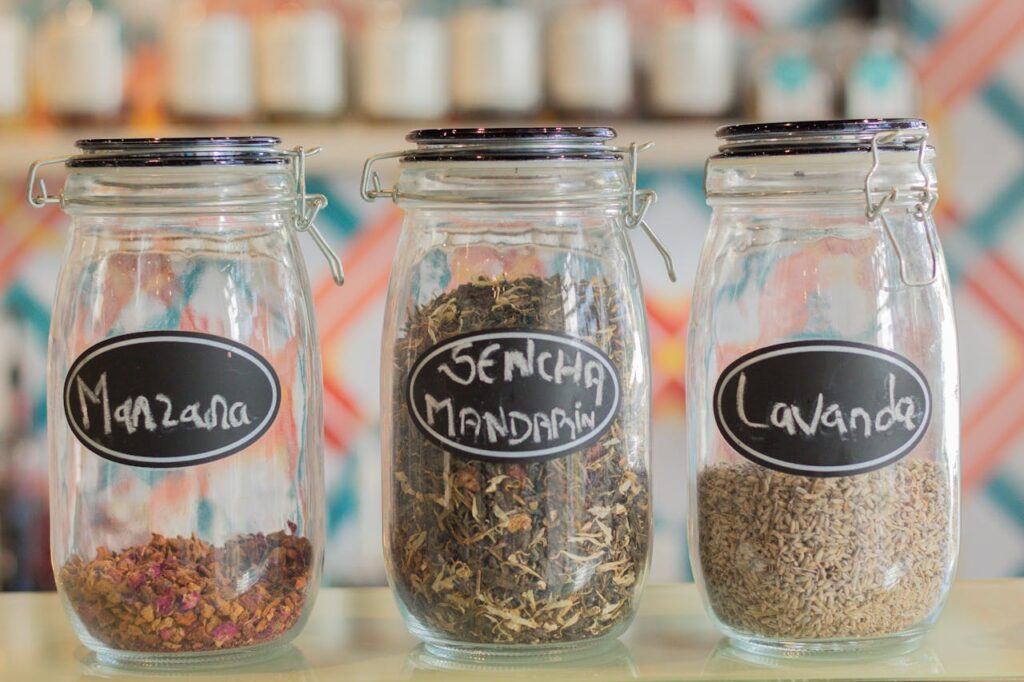Steam rises from the surface of a perfectly brewed cup of Sencha, carrying with it the promise of tranquility.
For centuries, this distinctive Japanese green tea has captivated tea masters and casual drinkers alike with its bright, grassy notes and refreshing astringency. Yet achieving that perfect cup requires both art and science—a delicate balance of precise temperatures, careful timing, and quality ingredients that transform these precious leaves into liquid jade.
The Foundation: Understanding Water Quality
The journey begins with water, that humble yet crucial foundation. The finest tea houses in Kyoto understand that exceptional Sencha starts with water containing the right mineral balance—ideally with a neutral pH between 6.5 and 7.5. Common filtration options include sediment filter, reverse osmosis systems, ceramic filters, or activated carbon blocks, though many tea enthusiasts find that simple carbon filtration creates an excellent foundation.
The Japanese tea masters of old would collect natural spring water from mountain sources, understanding that water heavy with minerals would muddy Sencha’s delicate character, while water too soft would create a flat, lifeless brew.
Today’s tea enthusiasts can achieve similar results by using filtered water with a Total Dissolved Solids (TDS) content between 150-200 ppm. Never use water from the hot tap or previously boiled water—both contain reduced oxygen levels and concentrated minerals that can dull Sencha’s characteristically fresh, oceanic notes.

Selecting Premium Sencha: Understanding Grades & Harvests
Your choice of Sencha will profoundly influence the final cup. Premium leaves should shimmer with their characteristic needle-like shape, bright green and uniformly sized.
First-flush Sencha (harvested in early spring and known as Shincha or Ichibancha) offers the most refined flavour profile—sweet, highly aromatic, and rich in umami. Second-flush (Nibancha) provides deeper, more robust characters ideal for daily drinking, while third-flush (Sanbancha) offers a more straightforward, robust brew perfect for cold summer days.
The highest grade, Gyokuro-style Sencha, comes from shade-grown leaves that spend their final weeks under traditional reed mats, concentrating their chlorophyll and amino acids. These precious leaves demand the most careful handling but reward the brewer with extraordinary depth of flavour. For precise measurement, aim for 3 grams of leaves per 200ml of water for standard Sencha, reducing to 2.5 grams for Gyokuro-style, and increasing to 4 grams for later-harvest varieties.
The Art Of Temperature: Precision Brewing
Sencha demands exacting temperature control. At 70-75°C, the water draws out the tea’s sweet umami notes while preserving its delicate amino acids. Higher temperatures risk releasing harsh tannins that overwhelm Sencha’s subtle complexity. First-flush and Gyokuro-style Sencha prefer even cooler water, around 65°C, while hardier late-harvest varieties can handle up to 80°C.
Professional tea masters use special thermometers, but home brewers can achieve good results by pouring boiled water into a cooling vessel and waiting 2-3 minutes, or by adding precisely 10% room temperature water to their teapot before adding freshly boiled water. Modern variable-temperature kettles can be invaluable tools for the serious Sencha enthusiast.
Read: The many relaxing aromas of Japan

Choosing Your Vessel: The Impact Of Teaware
Traditional Japanese Kyusu teapots, with their fine-mesh internal filters, remain the gold standard for Sencha brewing. These side-handled pots, ideally sized between 200-300ml, allow the leaves to unfurl fully while ensuring a clean pour. The best Kyusu feature special grooves that direct water flow and prevent leaf compression.
Porcelain offers elegant simplicity with excellent heat retention, while well-seasoned Tokoname clay vessels can enhance the tea’s umami qualities through their unique mineral content and slight porosity. Glass teapots, while less traditional, allow you to observe the leaves’ dance during steeping—an important visual indicator of brewing progress.
Always pre-warm your chosen vessel with hot water before brewing, emptying it just before adding leaves. This practice, called Yureishi, ensures consistent temperature throughout the steeping process and prevents thermal shock to both leaves and vessel.
Read: A beginner’s guide to selecting the best loose leaf tea
The Dance Of Time: Mastering The Steep
Sencha reaches its peak between 60 and 90 seconds, but this window varies significantly based on grade and processing method.
First-flush Sencha needs just 60 seconds—any longer risks overwhelming its delicate character. Standard second-flush benefits from 75 seconds, while heartier late-harvest varieties develop their full body over 90 seconds. The liquor should be a brilliant jade green, the aroma reminiscent of fresh grass after rain, with subtle notes of nori and sweet chestnuts.
Temperature and timing work in concert: on unusually hot days, reduce steeping time by 10-15 seconds. In winter, when tea leaves and vessels are naturally cooler, add 5-10 seconds to compensate. Watch the leaves carefully—they should dance and swirl initially, then slowly sink as they become saturated. If they drop immediately, your water is likely too hot.
The Art Of Multiple Infusions: Beyond The First Cup
Sencha truly reveals its character through multiple infusions, each steep offering a different facet of its personality. The first infusion (Ichiban-dashi) presents the tea’s primary character—bright, grassy, and complex. The second steep (Niban-dashi) requires only 30 seconds but demands water 5-10°C hotter than the first. This brewing yields a rounder, sweeter liquor with enhanced umami notes.
The third infusion (Sanban-dashi) might seem counter-intuitive: increase the temperature to 85°C and steep for 60 seconds. While weaker in classic Sencha notes, this brewing often reveals subtle aromatics and mineral qualities hidden in earlier steeps. Some tea masters even prepare a fourth infusion by briefly steeping with nearly boiling water, producing a final cup that’s delicate but surprisingly sweet.
Read: 5 IDEAL foods in the Japanese diet that could help you live longer
Seasonal Mastery: Adjusting For Climate
Traditional Japanese tea culture recognizes the profound impact of seasons on Sencha brewing. Summer calls for two specialized techniques: Mizudashi (cold brewing) and Kabuse-Sencha (shadow-steeped tea). For Mizudashi, use 5 grams of leaves per 500ml of cold water, steep in the refrigerator for 6-8 hours. This method yields a remarkably sweet, refined tea with minimal astringency.
Winter brewing benefits from slightly longer steeping times and marginally higher temperatures—add 5-10 seconds and 2-3°C to your usual parameters. Humidity affects tea storage and brewing significantly: in humid conditions, reduce storage quantities and consider slightly shorter steeping times, as leaves absorb ambient moisture.
The Science Of Storage: Preserving Perfection
Store your Sencha in airtight, opaque containers away from light, heat, and moisture. Quality Sencha leaves maintain their vibrancy for about three months if properly stored—considerably less than Chinese green teas. This shorter shelf life reflects Sencha’s more delicate processing method and higher amino acid content.
For serious enthusiasts, consider investing in a special tea refrigerator or using oxygen-absorbing packets designed specifically for green tea storage. Never store Sencha near strong-smelling foods or spices, as the leaves readily absorb external aromas. When removing tea from cold storage, allow the container to reach room temperature before opening to prevent condensation from forming on the leaves.

Essential Equipment For The Devoted Sencha Enthusiast
- Quality Kyusu (200-300ml)
- Variable temperature kettle
- Digital scale (0.1g precision)
- Traditional cooling vessel (Yuzamashi)
- Tea thermometer
- Timer
- Multiple tasting cups for comparing steeps
This comprehensive approach to Sencha preparation might seem exacting, but each element contributes to the final experience. Through careful attention to these details, you’ll discover why this particular tea has captivated Japanese tea masters for centuries, and why it continues to reward those who approach it with patience and precision.





